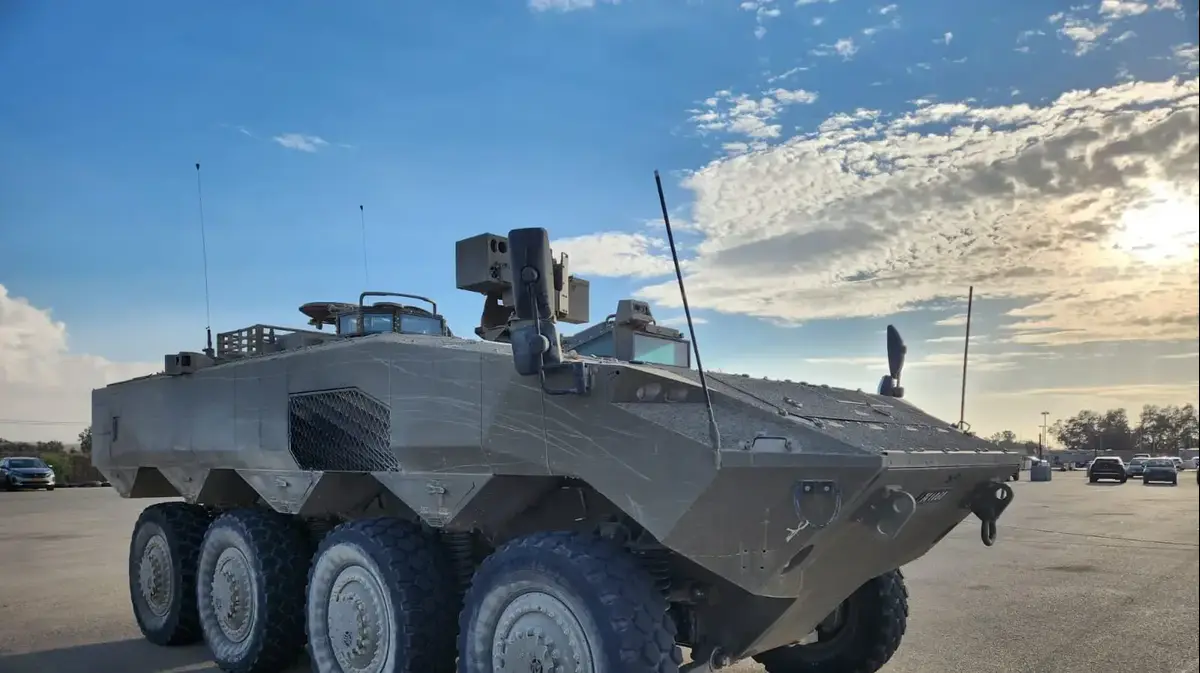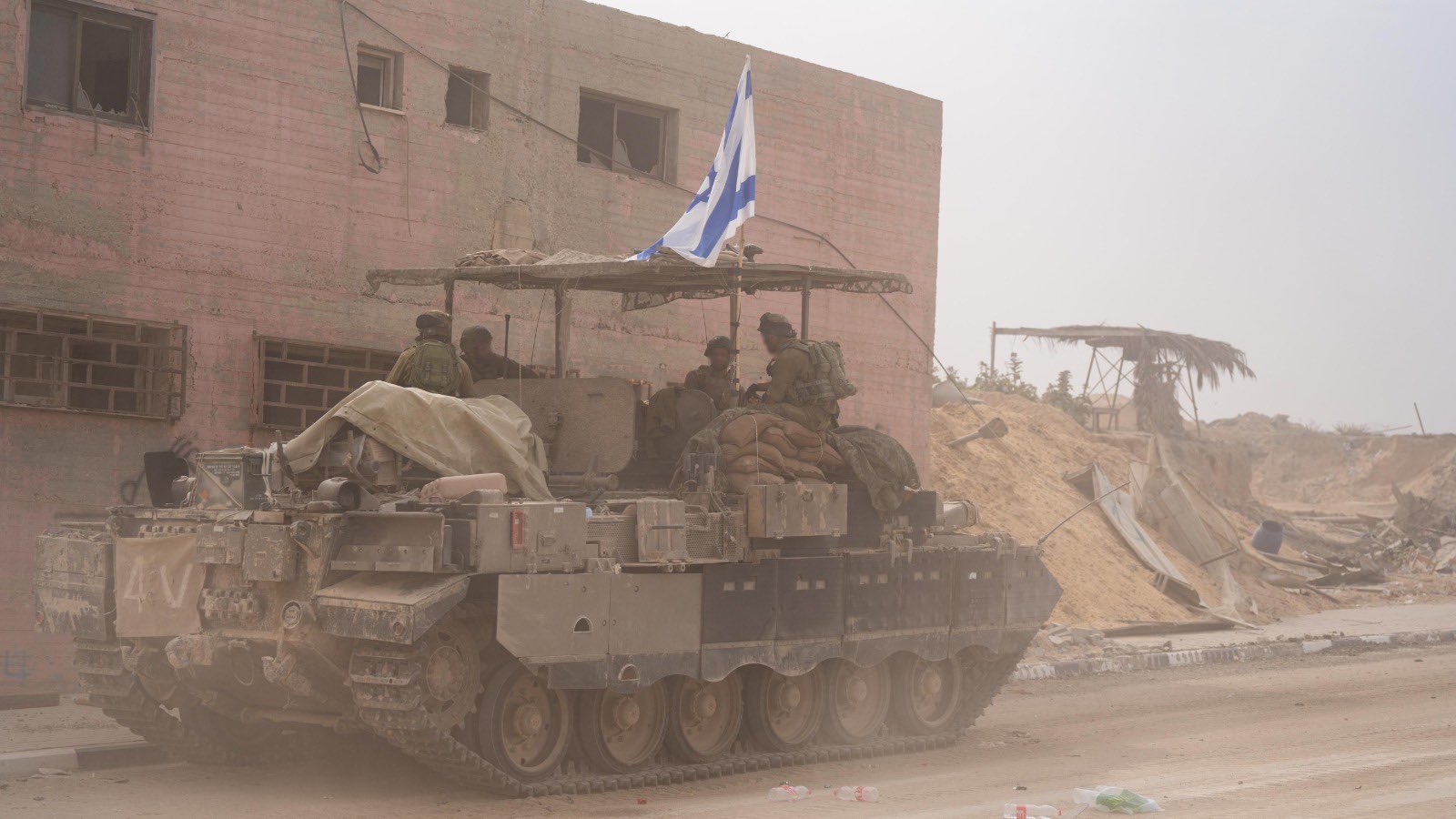Big_Zucchini
Well-Known Member
- Thread Starter Thread Starter
- #121
We are now on day 11 of the war and no ground incursion yet. The 360,000 mobilized reservists are taking a toll on Israel's economy while the window of legitimacy for an Israeli response is rapidly closing.
With or without an incursion, the IDF will need to order a draw-down soon.
My assessment for the following weeks:
Negotiations to release foreign hostages succeed, but not the release of Israeli ones.
The voices of vengeance will calm down and be replaced by the usual voices of partisanship. The public will start forgeting. If the IDF goes in it will likely be limited to a Protective Edge - type maneuver in the now mostly evacuated north Gaza. Possibly it would reoccupy north Gaza and annex it. An operation in southern Gaza will be much more complex due to its now significantly higher density, and due to the IDF's need for a draw-down, it may eventually not occur at all.
Once Israel is free to return to its normal state around Gaza, it can order a further draw-down from the reservist force and be ready for an invasion into Lebanon. By then, legitimacy may already end and the IDF will likely dismiss its last reservists, ending the war and leaving Lebanon unscathed.
With or without an incursion, the IDF will need to order a draw-down soon.
My assessment for the following weeks:
Negotiations to release foreign hostages succeed, but not the release of Israeli ones.
The voices of vengeance will calm down and be replaced by the usual voices of partisanship. The public will start forgeting. If the IDF goes in it will likely be limited to a Protective Edge - type maneuver in the now mostly evacuated north Gaza. Possibly it would reoccupy north Gaza and annex it. An operation in southern Gaza will be much more complex due to its now significantly higher density, and due to the IDF's need for a draw-down, it may eventually not occur at all.
Once Israel is free to return to its normal state around Gaza, it can order a further draw-down from the reservist force and be ready for an invasion into Lebanon. By then, legitimacy may already end and the IDF will likely dismiss its last reservists, ending the war and leaving Lebanon unscathed.


